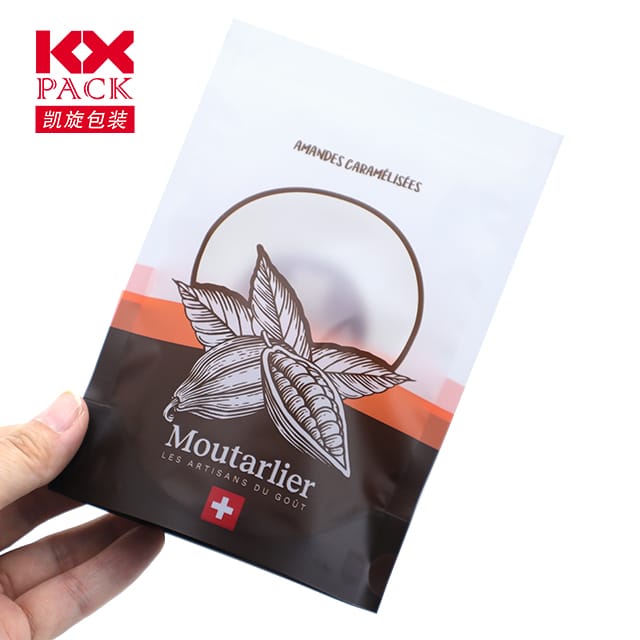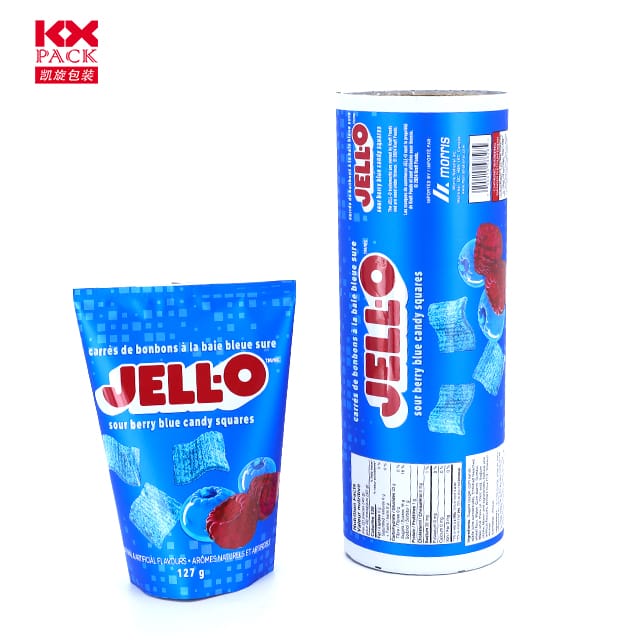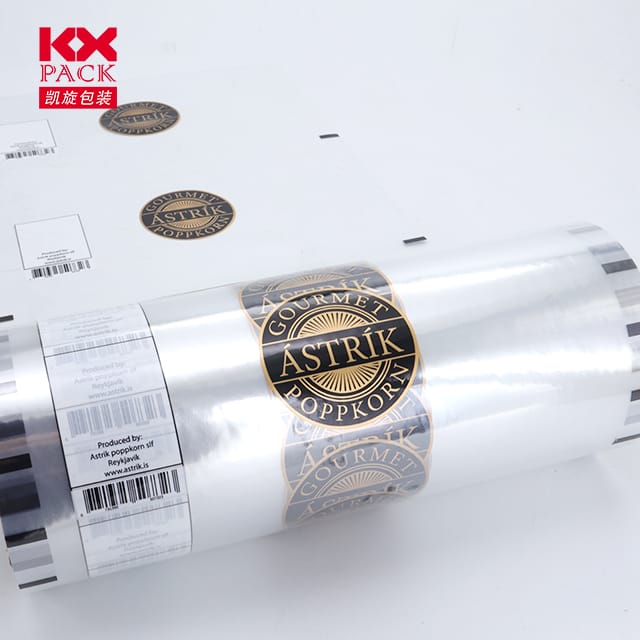लचीली पैकेजिंग फिल्म का विकास: वहनीयता, नवाचार, और उपभोक्ता प्रभाव
लचीली पैकेजिंग फिल्म
In today’s fast-paced consumer landscape, flexible packaging film has emerged as a cornerstone of modern product protection and convenience. भोजन और पेय पदार्थों से लेकर फार्मास्यूटिकल्स और व्यक्तिगत देखभाल आइटम तक, यह हल्का, बहुमुखी सामग्री कार्यक्षमता को संतुलित करके उद्योगों को फिर से आकार दे रही है, लागत क्षमता, और पर्यावरणीय जिम्मेदारी. नवीनतम रुझानों में देरी करते हैं, चुनौतियां, and breakthroughs in flexible packaging films that are driving the future of sustainable packaging.
1. What is Flexible Packaging Film?
लचीली पैकेजिंग फिल्म refers to non-rigid materials used to wrap, seal, or contain products. Commonly made from polymers like POLYETHYLENE (पी.ई), polypropylene (पीपी), पॉलिएस्टर (पालतू), and biodegradable alternatives, these films offer advantages such as:
- Lightweight design: Reduces shipping emissions and material costs.
- Barrier properties: नमी से बचाता है, ऑक्सीजन, UV light, और संदूषक.
- अनुकूलन: Enables branding via high-quality printing and unique shapes.
- Extended shelf life: Preserves product freshness, crucial for perishables.
2. वहनीयता: The Driving Force
The packaging industry faces mounting pressure to minimize waste and carbon footprints. Flexible films are adapting through:
ए. Biodegradable and Compostable Materials
- प्ला (पोलीलैक्टिक एसिड): Derived from renewable resources like corn starch, PLA decomposes in industrial composting facilities.(लचीली पैकेजिंग फिल्म)
- पीएचए (बहुपक्षीय): A biodegradable polymer produced by bacteria, ideal for marine-degradable applications.
- Paper-Based Laminates: Combining paper with bio-plastics for recyclable or compostable solutions.
ब्रांड की तरहTIPA Corp औरNatureWorks are pioneering compostable films that meet industrial composting standards (उदा।, EN 13432), offering a viable alternative to traditional plastics.
बी. Recyclable Monomaterials
मोनो-सामग्री संरचना (उदा।, all-PE or all-PP films) simplify recycling by eliminating multi-layer incompatibilities. नवाचारों की तरहAmcor’s AmLite HeatFlex Recyclable use single-polymer barriers to maintain performance while enabling circularity.
सी. पुनर्नवीनीकरण के बाद का उपभोग (पीसीआर) सामग्री
Incorporating recycled plastics into flexible films reduces virgin material use. उदाहरण के लिए, Dow’s RecycleReady technology allows polyethylene films to be recycled through store drop-off programs.
3. प्रौद्योगिकी प्रगति
ए. High-Barrier Films for Longer Shelf Life
Advanced coatings and nanotechnology enhance barrier properties without adding bulk. उदाहरण के लिए, silicon oxide (SiOx) and aluminum oxide (AlOx) coatings provide oxygen and moisture barriers comparable to metalized films but with recyclability benefits.
बी. Active and Smart Packaging
- ऑक्सीजन स्केवेंजर्स: Integrated into films to extend product freshness (उदा।, Mitsubishi Gas Chemical’s Ageless®).
- Temperature Indicators: Color-changing labels that alert consumers to spoilage risks.
- QR Codes and NFC Tags: Enable traceability and consumer engagement via smartphones.
सी. Lightweighting and Thinner Gauges
Manufacturers are reducing film thickness without sacrificing strength. उदाहरण के लिए, Borealis’ Borstar® technology produces ultra-thin PE films that cut material use by up to 30%.
4. चुनौतियां और आगे की सड़क
प्रगति के बावजूद, बाधाएं बनी हुई हैं:
- Recycling Infrastructure: Many flexible films are difficult to recycle due to multi-layer designs or contamination.
- Cost vs. वहनीयता: Biodegradable materials often cost more than conventional plastics.
- उपभोक्ता शिक्षा: Misconceptions about compostability (उदा।, home vs. industrial composting) hinder adoption.
क्षितिज पर समाधान:
- रासायनिक पुनरावर्तन: Turning mixed plastics into raw materials for new films (उदा।, PureCycle Technologies).
- Standardized Labels: Clearer recycling/composting instructions to reduce confusion.
- नीति -समर्थन: Extended Producer Responsibility (स्वामी) laws incentivizing eco-design.
5. The Consumer Perspective
Modern shoppers prioritize sustainability but demand uncompromised quality. Brands must balance:
- सुविधा: Easy-to-open, resealable films for on-the-go lifestyles.
- पारदर्शिता: Clear messaging about eco-attributes (उदा।, “100% Recyclable” या “गृह खाद”).
- Aesthetics: High-definition printing to maintain brand appeal.
निष्कर्ष: एक लचीला भविष्य
Flexible packaging film is at a crossroads—where innovation meets responsibility. The shift toward sustainable materials, coupled with smart packaging technologies, promises a future where products are protected, waste is minimized, and the planet thrives.
Call to Action:
- Consumers: Support brands using recyclable/compostable films and advocate for better recycling infrastructure.
- Manufacturers: Invest in R&D for mono-material designs and closed-loop systems.
- Policymakers: Enforce stricter eco-standards and incentivize circular economy practices.
Together, we can turn flexible packaging into a symbol of progress—not pollution. 🌍♻️
सूत्रों का कहना है: Flexible Packaging Association, Smithers Pira, Dow Chemical, Amcor, and industry sustainability reports.






